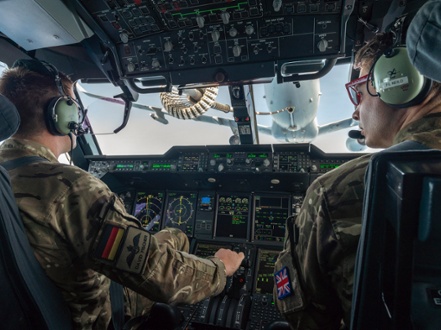A Royal Air Force Atlas transport aircraft has shown its range and flexibility on exercise by flying non-stop to the other side of the world and conducting long range air drops, medical evacuation scenarios and simulated search and rescue tasks.
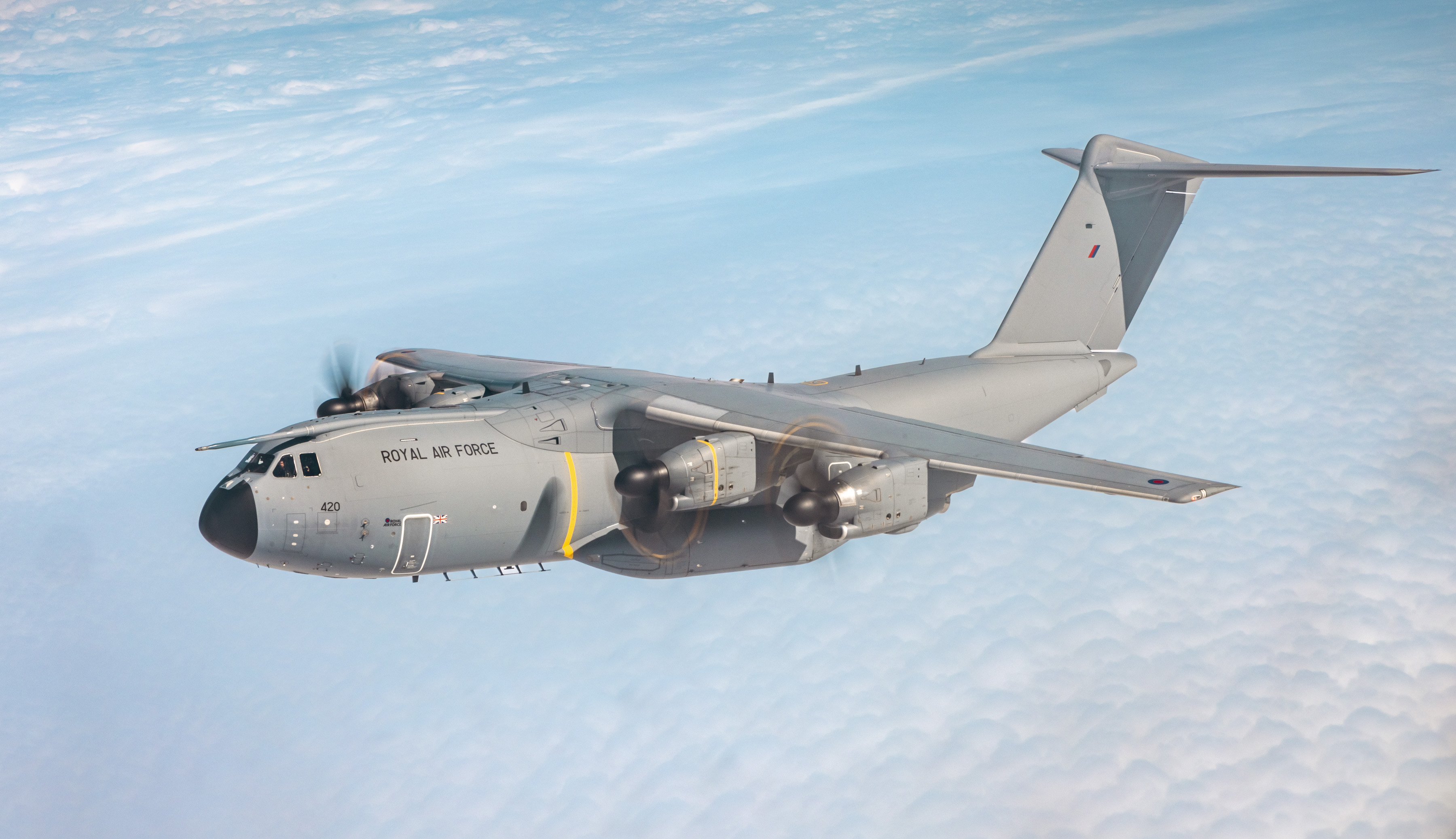
During the large US-led multi-national exercise the Atlas detachment transported US Air Force troops and equipment from Guam to the Philippines, then worked with medical specialists from New Zealand, USA and the RAF’s Tactical Medical Wing to provide humanitarian aid in a disaster relief scenario, before quickly reconfiguring to conduct a long-range air drop alongside partner nations to deliver equipment by parachute to ground forces.
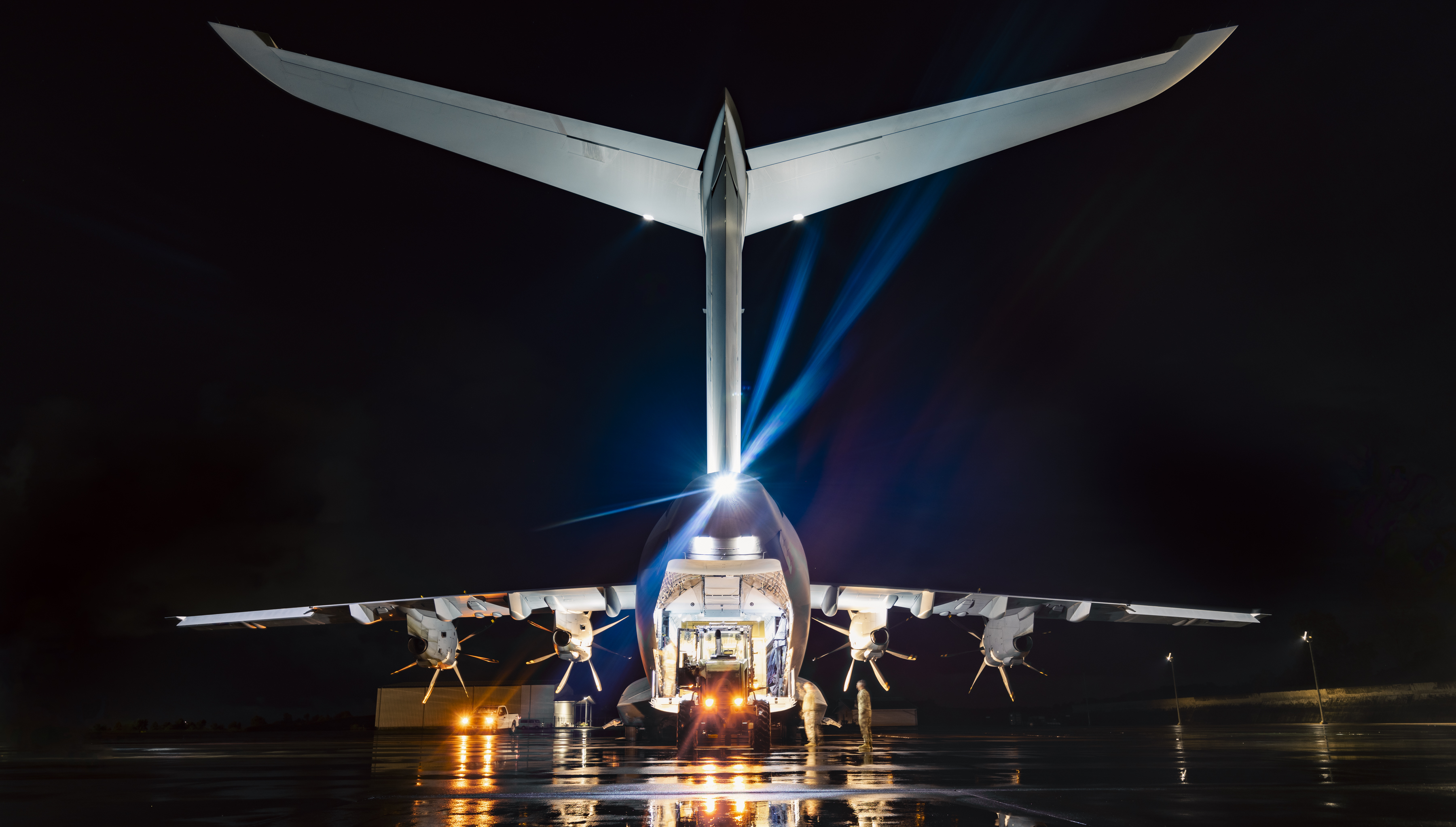
The A400M Atlas flew non-stop from RAF Brize Norton, Oxfordshire to Guam in the Western Pacific for the start of Exercise Mobility Guardian, the longest flight by this aircraft at more than 8000 miles away, demonstrating the RAF’s ability to reach just about anywhere in the world to conduct operations. The flight crews and ground support worked intensively to complete two missions every day on the 16-day exercise.
“The flight out was designed to test and prove the concept of long-range insertion. The flight generated extremely useful data for future operations and was the first time that a Royal Air Force Atlas has been air-to-air refuelled to its full capacity whilst carrying a full load. We will use this data to hone our calculations to enable us to carry more freight, further in future iterations.”
Squadron Leader Hedley Myers
Atlas Detachment Commander
During the insertion flight the Atlas carried a full load of palletised and wheeled freight equating to nine aircraft pallets weighing approximately seven tons, that included a ground power generator, two Critical Care Air Support Team stretcher fits, aircraft spares and general freight, together with 17 passengers.
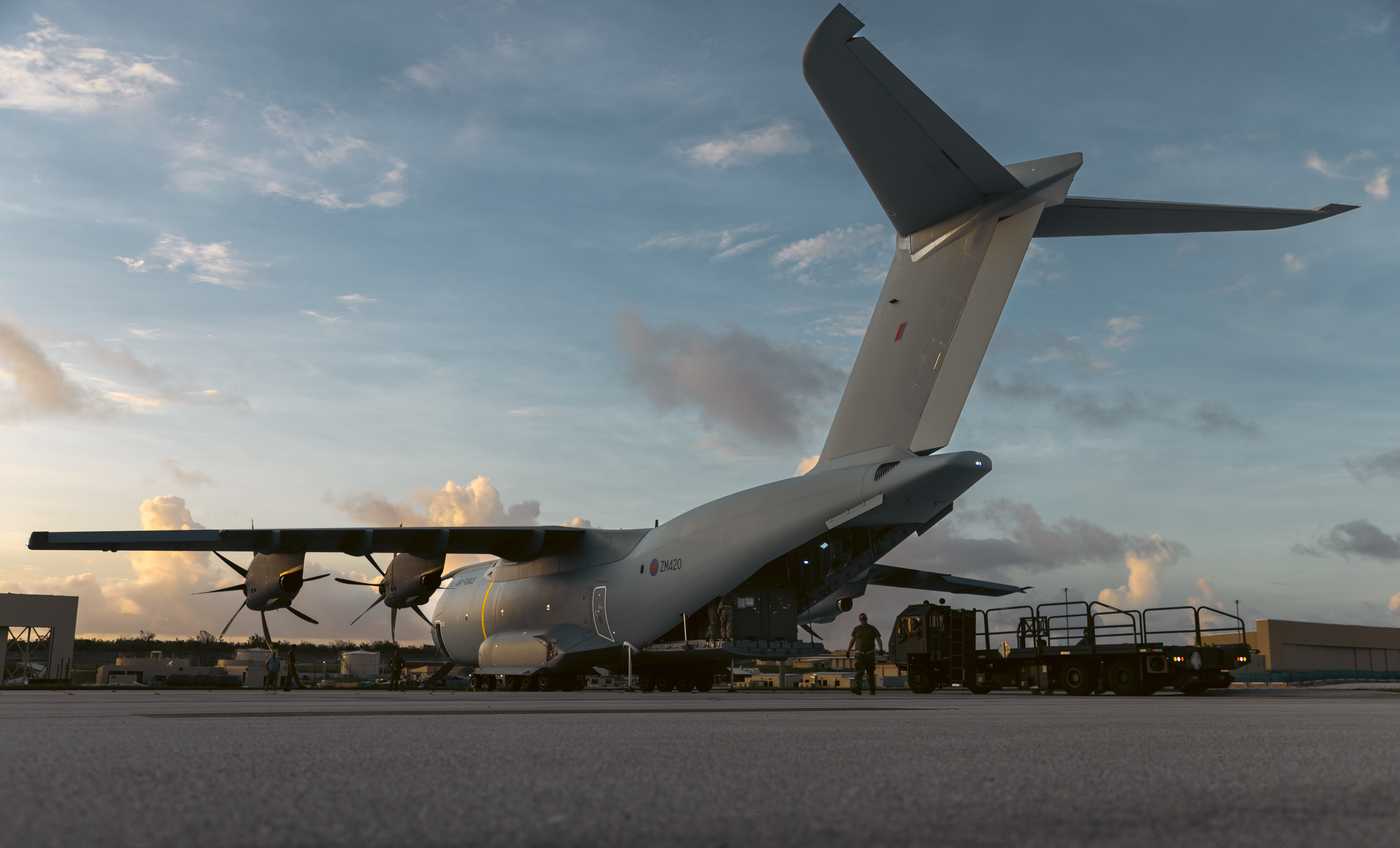
On arrival at Anderson Air Base in Guam, the first Atlas sorties involved the transportation of equipment and personnel from the United States Air Force from Guam to Palau in the Philippines. These sorties enabled a USAF F-35A Agile Combat Employment serial that is part of an associated exercise. The loads moved equated to four C130J sorties, with the Atlas carrying out the task in half that number of sorties thereby showcasing the aircraft’s enhanced capability and performance.
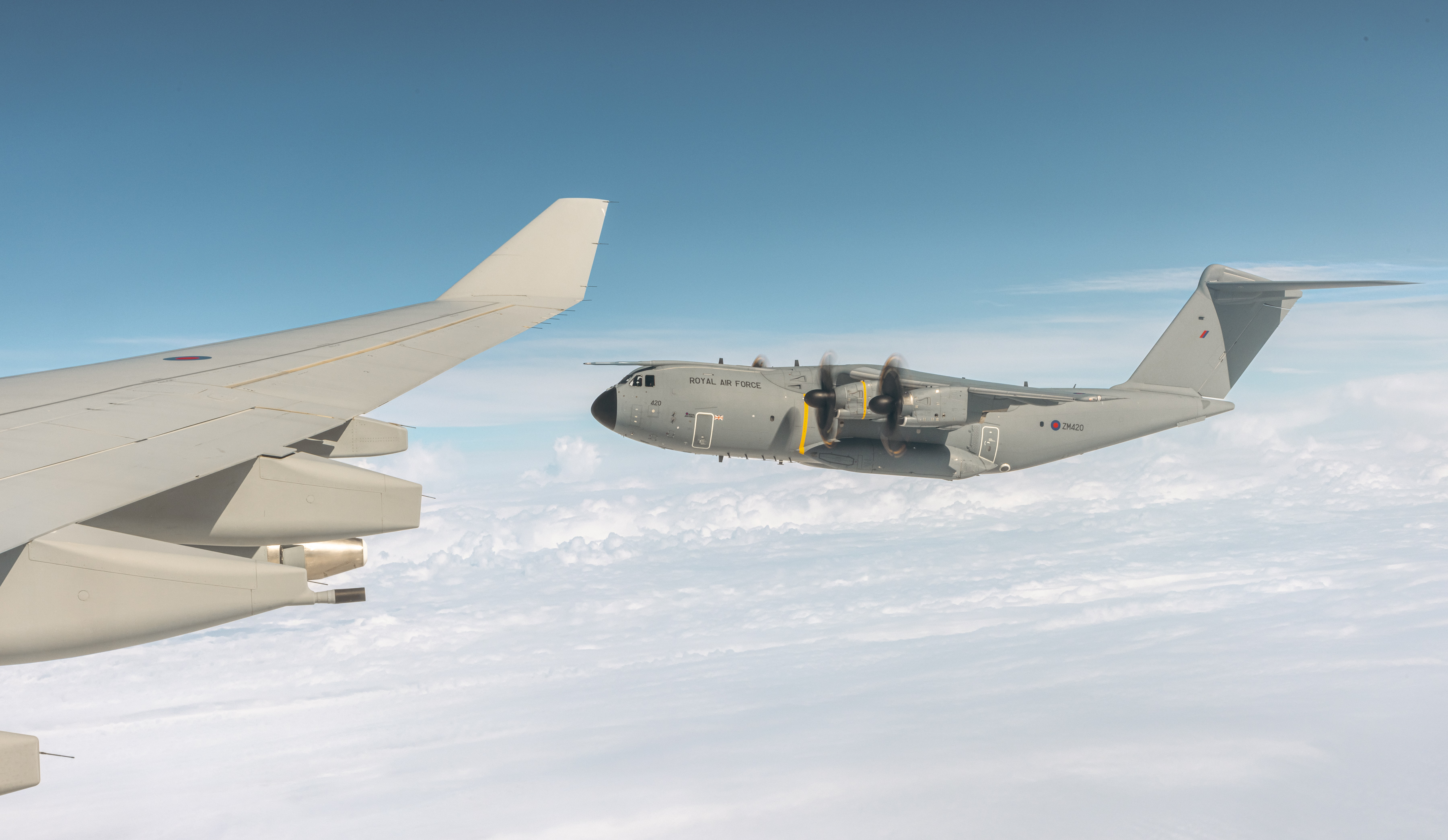
The freight and passengers were loaded and unloaded by a mixed team from the RAF’s 1 Air Mobility Wing air movements specialists and the locally based USAF 621st Contingency Response teams, working together. Such collaborative work is one of the key aspects of the exercise to develop interoperability by gaining understanding of each nation’s procedures.
During the exercise the Atlas was also being tasked to conduct Tactical Medical Evacuation training missions to demonstrate and practice interoperability across the nations of this critical specialisation. One such sortie involved aeromedical specialists from New Zealand and the United States Air Force joining with an element from the RAF’s Tactical Medical Wing to conduct drills involving simulated casualties from a humanitarian assistance and disaster relief scenario.
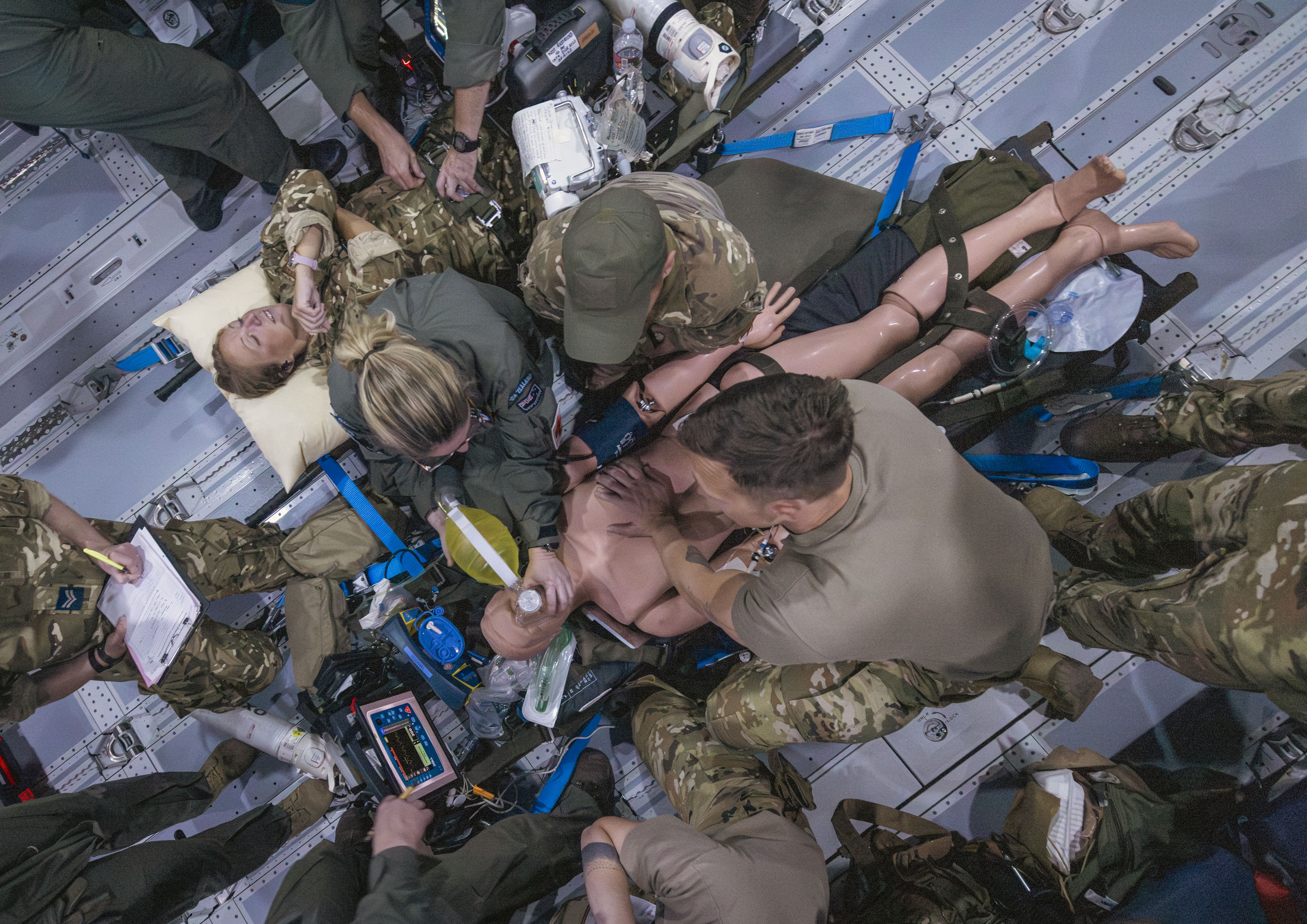
After conducting this sortie, the Atlas was immediately reconfigured so that it could take part in a simulated Large Force Air Drop of stores by parachute in coordination with other partner nations transport aircraft. The Atlas demonstrating the ability to resupply ground forces via a long-range air drop as part of a large multi aircraft package comprising C-130s, C-17s and A400Ms from the other nations taking part in the exercise. The Atlas can delivery up to 24 tonnes of stores by parachute in a single pass.
The Atlas also conducted a simulated Search and Rescue mission to demonstrate the three component elements – maritime radar reconnaissance, visual search, and simulated drop of air sea rescue apparatus.
The three crews from 30 and 70 Squadrons deployed with a small team of operations support staff, engineers, and technicians, working intensively to carry out two missions every day.






